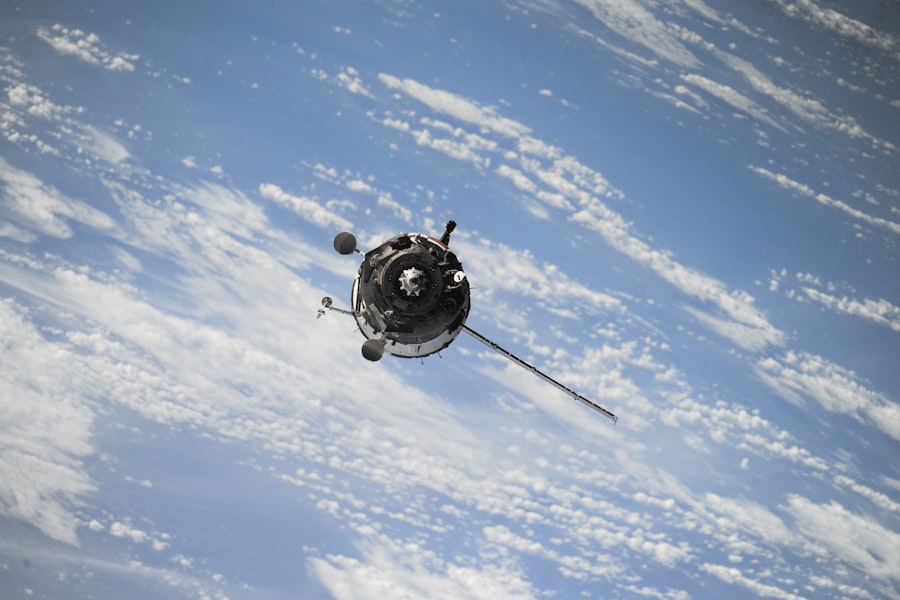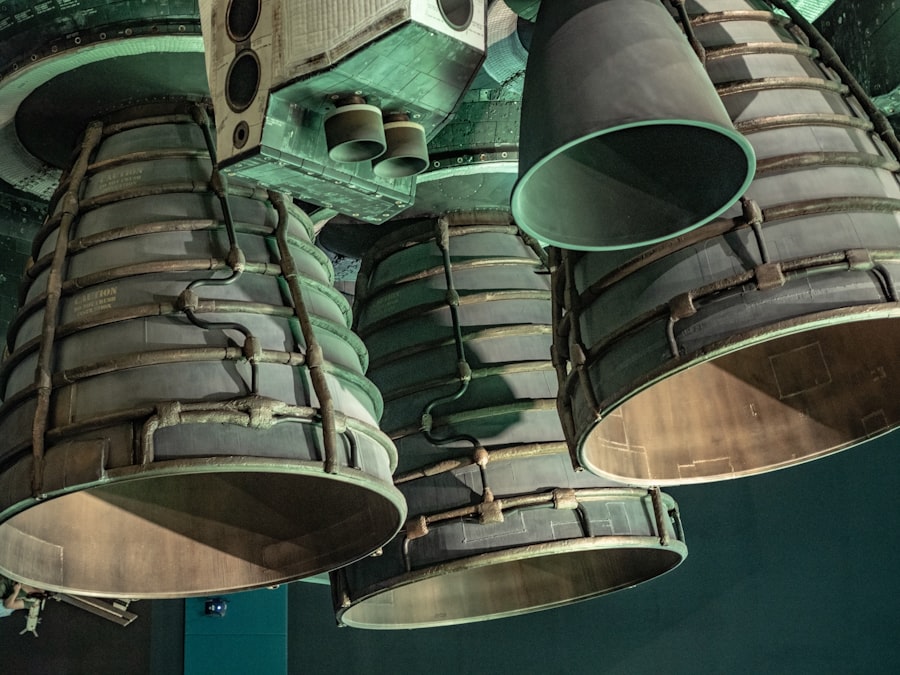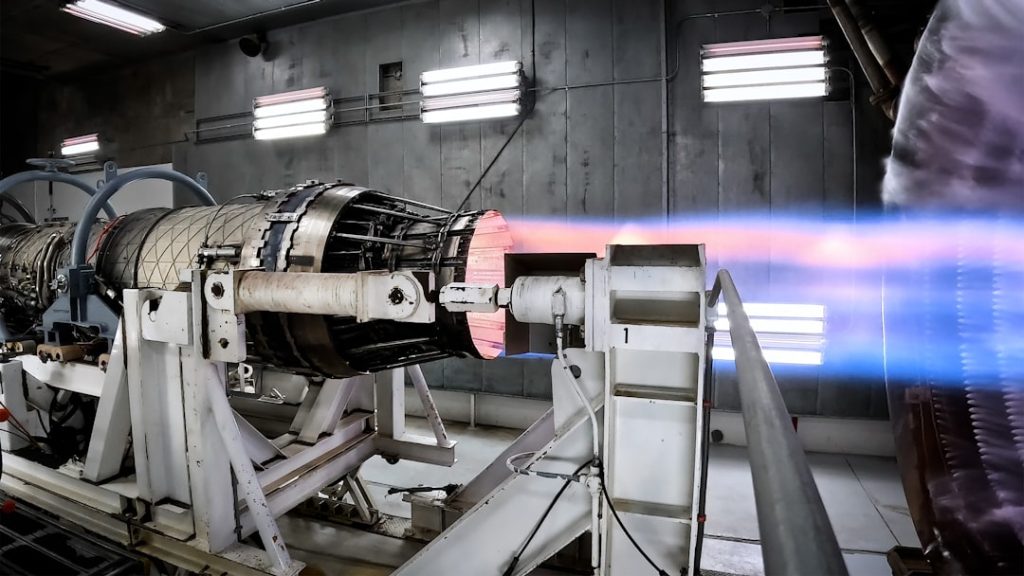The landscape of space exploration has undergone a dramatic transformation over the past two decades, primarily due to the emergence of private space exploration companies. Traditionally dominated by government agencies like NASA and Roscosmos, the field has seen a surge of entrepreneurial ventures that are reshaping how humanity approaches the cosmos. Companies such as SpaceX, Blue Origin, and Virgin Galactic have not only introduced innovative technologies but have also significantly reduced the costs associated with launching payloads into orbit.
For instance, SpaceX’s Falcon 9 rocket has revolutionized the economics of space travel by utilizing reusable rocket technology, which has slashed launch costs by as much as 30% compared to traditional expendable rockets. This shift towards privatization has led to an unprecedented acceleration in the pace of space missions. The competitive nature of the private sector has fostered an environment ripe for innovation, resulting in rapid advancements in propulsion systems, spacecraft design, and mission planning.
SpaceX’s successful crewed missions to the International Space Station (ISS) mark a significant milestone in this new era, demonstrating that private companies can not only complement but also enhance governmental efforts in space exploration. Furthermore, the rise of these companies has spurred a new wave of investment in space technology, attracting venture capital and encouraging a diverse range of startups to enter the market, from satellite manufacturing to asteroid mining.
Key Takeaways
- Private companies are increasingly driving innovation and investment in space exploration.
- International partnerships are crucial for sharing resources and expertise in space missions.
- Space tourism is emerging as a viable commercial industry with growing market potential.
- Developing sustainable habitats is key for long-term colonization beyond Earth.
- Ethical and environmental impacts must be carefully considered in all space exploration activities.
The Role of International Collaboration in Space Exploration
International collaboration has become a cornerstone of modern space exploration, enabling countries to pool resources, share knowledge, and tackle complex challenges that no single nation could address alone. The International Space Station (ISS) serves as a prime example of this collaborative spirit, involving space agencies from the United States, Russia, Europe, Japan, and Canada. This partnership has not only facilitated groundbreaking scientific research but has also fostered diplomatic relations among nations that might otherwise have limited interaction.
The ISS has hosted thousands of experiments across various disciplines, from biology to materials science, showcasing how collaborative efforts can yield significant advancements in our understanding of life and technology in space. Moreover, international collaboration extends beyond the ISS. Initiatives like the Artemis Accords aim to establish a framework for cooperation on lunar exploration and beyond, inviting countries to participate in sustainable practices for future missions.
This collaborative approach is essential as humanity sets its sights on more ambitious goals, such as Mars colonization and deep-space exploration. By working together, nations can share the financial burden of expensive missions while also leveraging each other’s expertise in various fields. For instance, the European Space Agency (ESA) has partnered with NASA on several Mars missions, combining Europe’s advanced rover technology with America’s launch capabilities to enhance mission success rates.
The Potential for Space Tourism and Commercial Space Travel

The concept of space tourism has transitioned from science fiction to a burgeoning industry poised for growth. Companies like Virgin Galactic and Blue Origin are at the forefront of this movement, offering suborbital flights that allow civilians to experience weightlessness and witness Earth from a unique vantage point. Virgin Galactic’s SpaceShipTwo has successfully completed several test flights with crew members aboard, paving the way for commercial operations that could soon welcome paying customers.
The allure of space tourism lies not only in the thrill of flight but also in the opportunity for individuals to participate in an experience that was once reserved for astronauts alone. As the technology matures and safety protocols are established, the potential market for space tourism is vast. Analysts predict that millions of people could be interested in taking a trip to space over the next few decades.
This burgeoning industry could also stimulate advancements in related sectors such as hospitality and transportation. For instance, companies may develop specialized training programs for space tourists to prepare them for the physical demands of space travel. Additionally, as more people venture into space, there will be an increased demand for infrastructure such as spaceports and orbital hotels, further driving economic growth and innovation within the sector.
The Development of Sustainable Space Habitats and Colonization
| Metric | Description | Current Status | Target/Goal | Challenges |
|---|---|---|---|---|
| Life Support System Efficiency | Percentage of closed-loop recycling of air, water, and waste | ~85% | ≥ 99% | System reliability, resource recovery rates |
| Energy Generation | Power output from renewable sources (solar panels, nuclear) | Up to 100 kW per habitat module | Scalable to megawatt levels | Energy storage, radiation shielding |
| Radiation Shielding Effectiveness | Reduction in cosmic and solar radiation exposure | 50-70% reduction with current materials | ≥ 90% reduction | Material mass, durability, and cost |
| Habitat Structural Integrity | Resistance to micrometeoroid impacts and pressure maintenance | Designed for 5-10 years operational life | ≥ 20 years with minimal maintenance | Material fatigue, repair capabilities |
| Food Production Efficiency | Crop yield per square meter in controlled environment agriculture | 2-3 kg/m² per growth cycle | 5+ kg/m² per growth cycle | Resource use, crop variety, automation |
| Water Recycling Rate | Percentage of water reclaimed and purified for reuse | ~90% | ≥ 99% | Contaminant removal, system robustness |
| Population Capacity | Number of inhabitants supported per habitat module | 10-20 persons | 100+ persons | Space, life support scalability |
| Cost per Kilogram to Orbit | Launch cost for materials and supplies | ~2000 per kg | ≤ 500 per kg | Launch technology, reusability |
| Autonomy Level | Degree of habitat self-sufficiency and automation | Partial automation | Fully autonomous systems | AI reliability, system integration |
| Psychological Well-being Metrics | Measures of mental health and social cohesion | Under study with analog missions | Maintain positive mental health for long durations | Isolation, confinement, social dynamics |
As humanity looks toward long-term habitation beyond Earth, the development of sustainable space habitats becomes paramount. The challenges of living in space are multifaceted, encompassing life support systems, radiation protection, and resource management. Projects like NASA’s Artemis program aim to establish a sustainable human presence on the Moon by utilizing local resources through in-situ resource utilization (ISRU).
This approach involves extracting water from lunar ice deposits and using it to produce oxygen and fuel, thereby reducing reliance on supplies transported from Earth. The vision for colonization extends beyond the Moon to Mars and potentially other celestial bodies. Concepts such as Mars Base Alpha propose creating self-sustaining habitats that can support human life for extended periods.
These habitats would need to incorporate advanced technologies such as hydroponics for food production and closed-loop life support systems that recycle air and water. The success of these initiatives hinges on international collaboration and investment in research and development to create viable solutions for living off-planet. As we explore these possibilities, ethical considerations regarding planetary protection and the preservation of extraterrestrial environments must also be addressed.
The Importance of Advancements in Space Technology and Innovation
Advancements in space technology are critical not only for exploration but also for addressing pressing challenges on Earth. Innovations developed for space missions often find applications in various industries, leading to breakthroughs that benefit society at large. For example, satellite technology has revolutionized communication, weather forecasting, and disaster management.
The Global Positioning System (GPS), initially developed for military purposes, is now an integral part of daily life, enabling navigation and location-based services worldwide. Moreover, cutting-edge technologies such as artificial intelligence (AI) and robotics are playing increasingly vital roles in space exploration. AI algorithms are being employed to analyze vast amounts of data collected from telescopes and spacecraft, enhancing our understanding of celestial phenomena.
Robotics is essential for conducting remote operations on distant planets or moons where human presence is not feasible. NASA’s Perseverance rover on Mars exemplifies this trend; equipped with advanced AI capabilities, it autonomously navigates the Martian terrain while conducting scientific experiments. These technological advancements not only push the boundaries of what is possible in space but also inspire future generations to pursue careers in science, technology, engineering, and mathematics (STEM).
The Exploration of Celestial Bodies Beyond Mars

While Mars has captured much attention as a potential destination for human exploration and colonization, numerous other celestial bodies present intriguing opportunities for scientific discovery. The outer planets of our solar system—Jupiter and Saturn—along with their moons offer rich environments for exploration. For instance, Europa, one of Jupiter’s moons, is believed to harbor a subsurface ocean beneath its icy crust, raising tantalizing possibilities for extraterrestrial life.
Missions like NASA’s upcoming Europa Clipper aim to investigate this moon’s potential habitability by studying its ice shell and underlying ocean. Similarly, Saturn’s moon Enceladus has garnered interest due to its geysers that eject water vapor into space, suggesting an active subsurface ocean as well. The Cassini-Huygens mission provided invaluable data about Enceladus’s plumes, revealing organic compounds that could be indicative of life-supporting conditions.
As we expand our exploration efforts beyond Mars, missions targeting these icy worlds could yield groundbreaking insights into the origins of life in our solar system and beyond.
The Search for Extraterrestrial Life and the Origins of the Universe
The quest to understand our place in the universe inevitably leads to questions about extraterrestrial life and the origins of existence itself. Astrobiology—the study of life in the universe—has gained prominence as scientists seek to identify conditions conducive to life beyond Earth. Telescopes like the James Webb Space Telescope are revolutionizing our ability to detect exoplanets within habitable zones around distant stars.
By analyzing their atmospheres for biosignatures—chemical indicators of life—researchers hope to uncover evidence that we are not alone in the cosmos. The search for extraterrestrial intelligence (SETI) further exemplifies humanity’s curiosity about life beyond our planet. Initiatives involving radio telescopes scan the skies for signals that may indicate intelligent civilizations elsewhere in the universe.
While no definitive evidence has been found thus far, each discovery contributes to our understanding of life’s potential diversity across different environments. Additionally, studying extremophiles—organisms that thrive in extreme conditions on Earth—provides insights into how life might adapt to harsh environments on other planets or moons.
The Ethical and Environmental Considerations of Space Exploration
As humanity ventures further into space, ethical considerations surrounding exploration become increasingly important. The potential for contamination of celestial bodies poses significant risks; introducing Earth-based microbes could disrupt native ecosystems or compromise scientific investigations aimed at understanding extraterrestrial environments. Planetary protection protocols are essential to mitigate these risks and ensure that we do not inadvertently harm other worlds while seeking knowledge.
Furthermore, environmental concerns extend beyond planetary protection; they also encompass the sustainability of our activities in space. The increasing number of satellites in orbit raises issues related to space debris—a growing concern that threatens both operational spacecraft and future missions. Developing strategies for debris mitigation and removal is crucial to maintaining a safe operating environment in low Earth orbit.
In conclusion, as we navigate this new era of space exploration characterized by private enterprise and international collaboration, it is imperative that we approach our endeavors with a sense of responsibility toward both our planet and the cosmos at large. Balancing ambition with ethical considerations will be key as we strive to unlock the mysteries of the universe while preserving its integrity for future generations.




